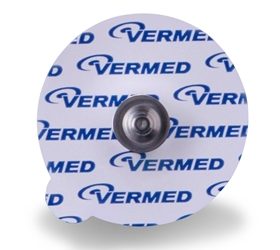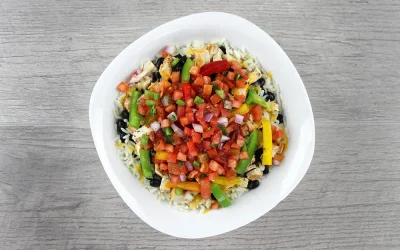If you have Type 2 Diabetes, you are faced with the need to take insulin. In order to accomplish this, you can elect a pump, a pen or use insulin syringes. There are not several types of insulin syringes available for use, unless you consider the volume size. In fact, all insulin syringes are made specifically for the administration of units of insulin into the diabetic individual.
Insulin Syringes
When it comes to insulin syringes, small and finer is best. Micro needles are, in fact, very suitable for such injections. Overall the types of insulin syringes you will see on the market feature small needles. They have one specific purpose: To inject insulin into the diabetic individual. The small size is also indicative of the depth. These syringes are only suitable for subcutaneous tissue.
Why Subcutaneous Tissue?
Subcutaneous tissue is close to the surface of the skin. In fact, it is a fatty layer lying just below the surface. If you have diabetes, this is the targeted area for several reasons.
1. This is an area where the fat cells can absorb medications
2. The insulin is absorbed at a consistent rate
3. The insulin is absorbed slowly and not quickly in this skin layer
4. Injecting into this area allows for maximum length and effect of the medication
The subcutaneous level of choice is abdomen, thigh or upper arm. Other areas are possible but these are the preferred injection sites for diabetic individuals.
Units Not Ml or CCs
While most standard syringes are typically marked off in milliliters (ml) or cubic centimeters (cc) this is not the case with all types of insulin syringes available on the market. The volume of insulin is measured in International Units. These are marked off accordingly along the barrel (hollow tube) of the syringe. In general, individuals have U-100 or 100 unit syringes. There are some types of insulin syringes calibrated to handle a half-unit otherwise known as a U-50. This is a low dosage or lo-dose insulin syringe.
Types of Insulin Syringes Needles
When it comes to needles, it does not matter whether the needle handles U-100 or U-50. The needles remain the same. They are always very thin or fine and short. Thin needles are best at reducing the potential for pain. This is crucial for someone who must inject themselves several times daily. The needles are also short. After all, they do not have to travel far beneath the surface of the skin.
Essentially different types of insulin syringes do not exist per se. They are all gauged according to the international units of the insulin user. Instead of varying according to size or type, they are considered as coming in units – U-100 and U-50. It becomes important, therefore, to make sure the insulin needle is capable of delivering the right number of units when and where required. Click http://www.bulksyringes.com for more information.


